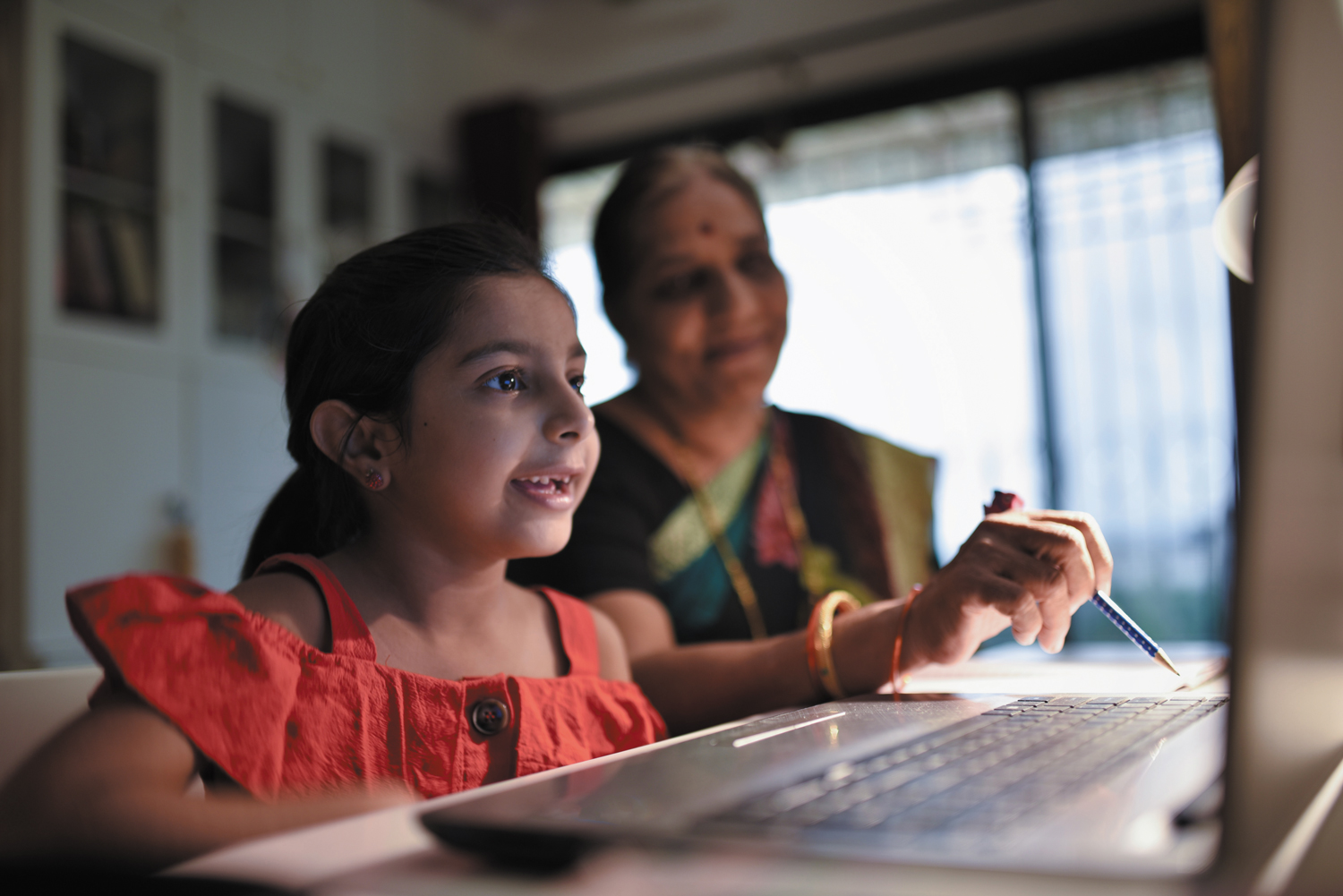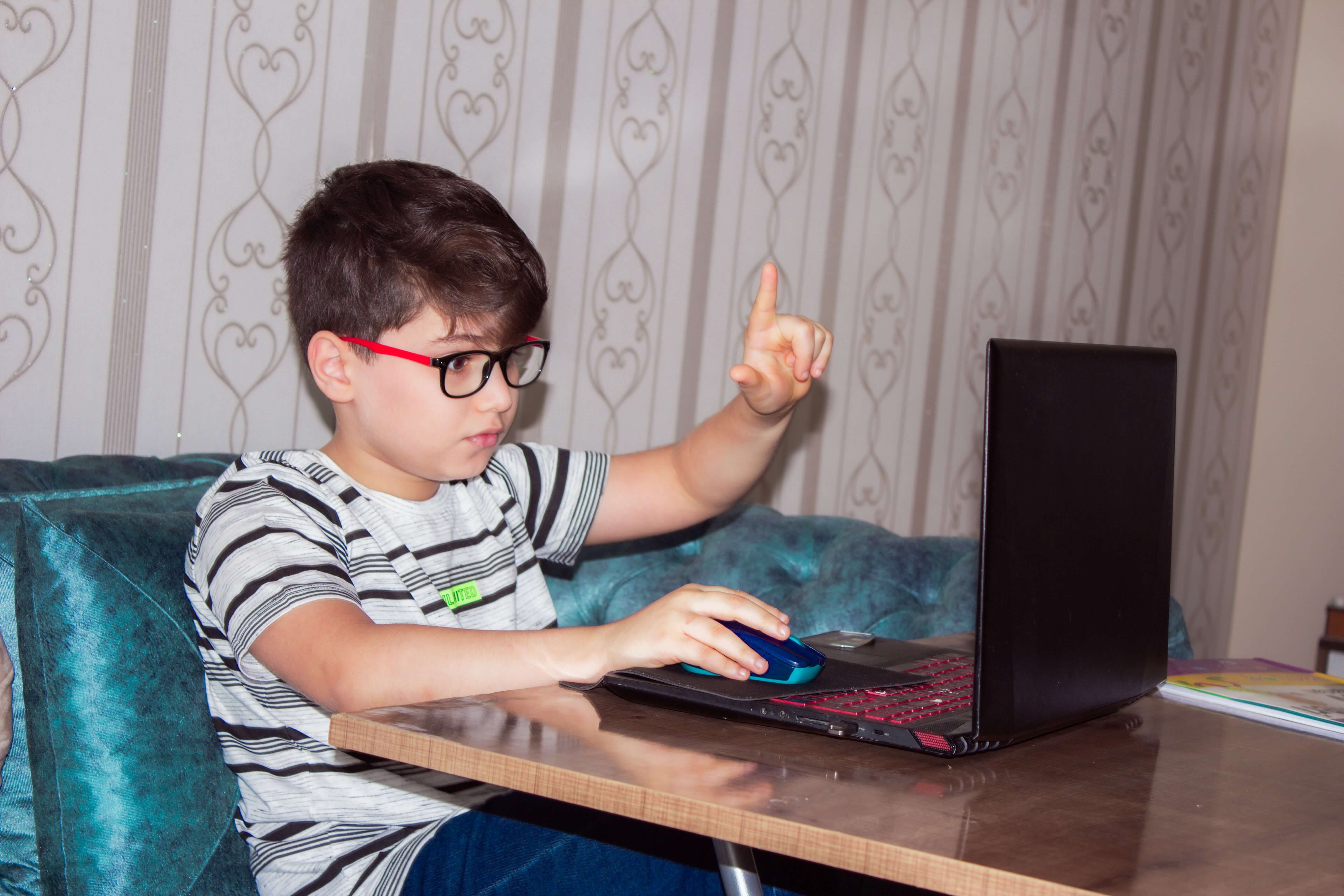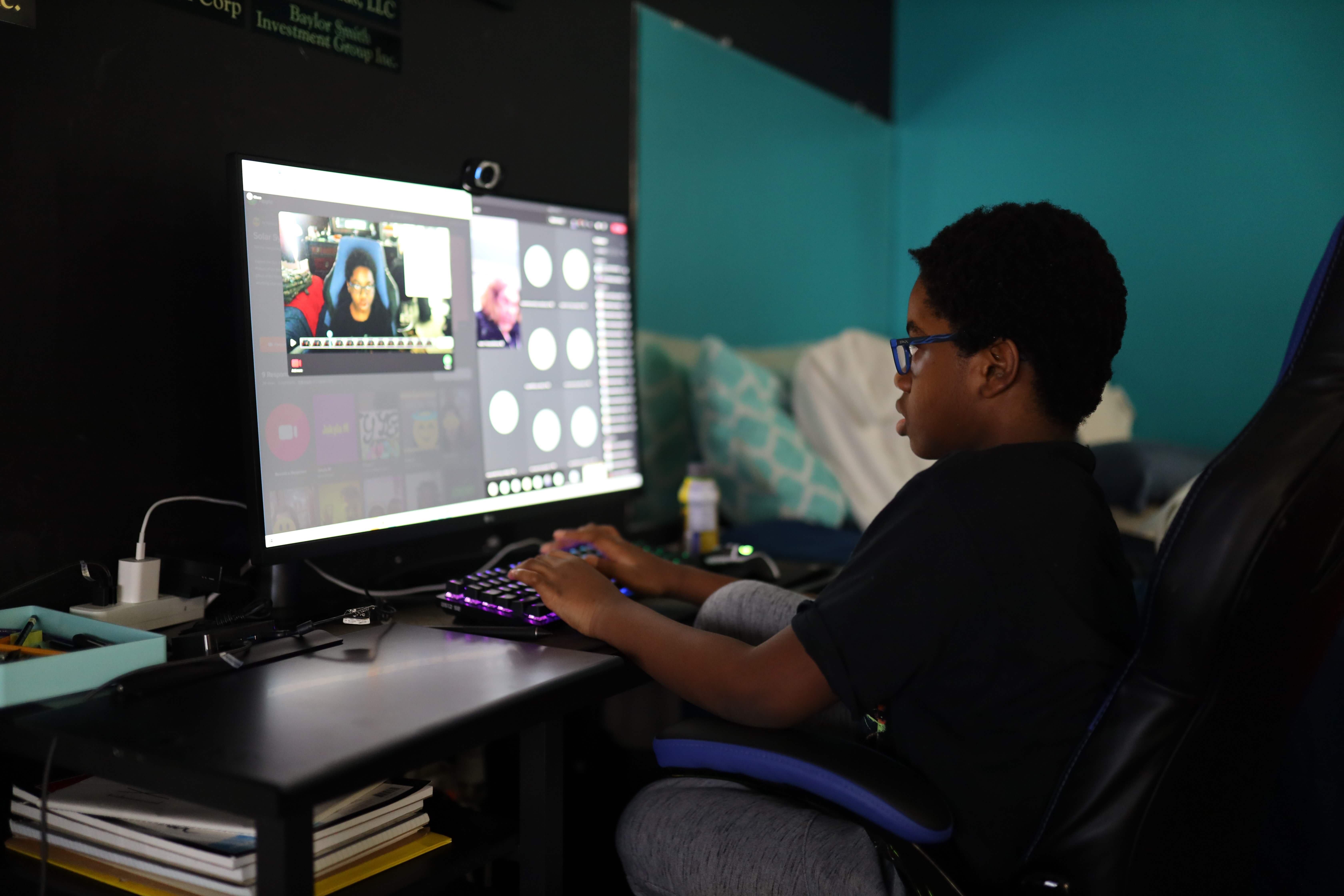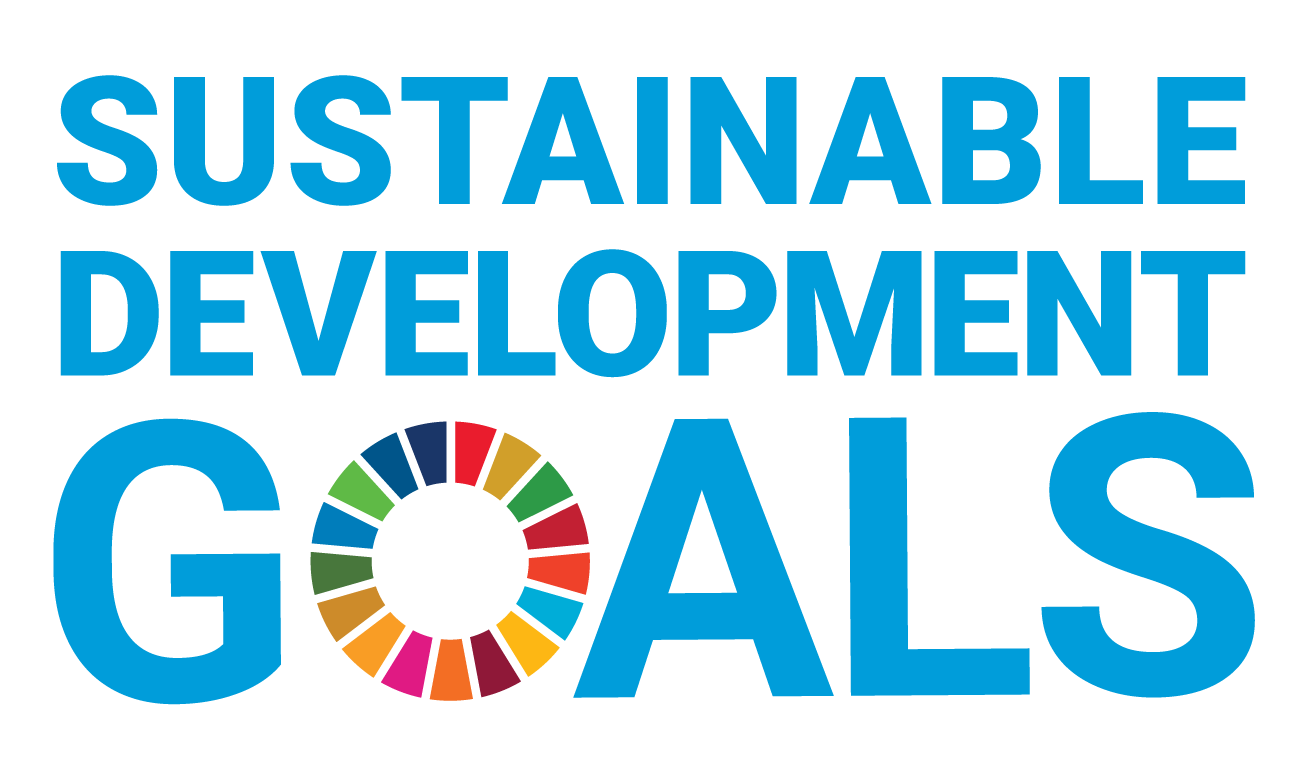You can search for courses, events, people, and anything else.
The COVID-19 pandemic highlighted the vital role played by the internet and digital access, in bringing social and economic inclusion to different communities around the world — however, for many low-income families, it further entrenched existing digital divides.
Tanya Notley, an associate professor at Western’s School of Humanities and Communication Arts, is a chief investigator in a national three-year ethnographic project led by Michael Dezuanni, a professor at Queensland University of Technology. The project aims to deliver a much richer understanding of digital participation in low-income households and develop new practices, policies and sector-wide solutions. Notley leads the Western Sydney research component.
“The project gathers insights from 36 families who come from six communities, ranging from far north Queensland to Tasmania and from regional, urban and rural locations,” she says, adding that people from diverse backgrounds and experiences are represented.
Researchers at each of the locations worked with six different families who were participating in the study, exploring the digital inclusion implications of children’s home and school learning experiences, school leavers’ transitions into work, and parenting in the digital age.
“Rather than one-off interviews, this study involved us making repeated visits to these families, spending time in their home and interviewing them, and getting to know them and the challenges that they face,” says Notley.
Broad Survey Gives a National Context
Notley says that the research was informed by the Australian Digital Inclusion Index, which measures digital inclusion in Australia annually across three dimensions — access, affordability and digital ability.
The index measures the extent of digital exclusion along a four-category continuum from ‘Highly Included’ to ‘Highly Excluded’.
The 2021 report, ‘Measuring Australia’s Digital Divide’, found that while 68% of adult Australians spent more time online in the previous 12 months, this pattern was not the same for all groups.
“The Index has overall showed very little improvement in digital inclusion and access to technology in low-income households,” Notley says.
“Concerningly, that suggests a growing divide between low income and other households, so this project looks closely at the impact this could have on schoolchildren, and identify initiatives that could address this gap.”
Family Focus
Notley and her colleague, Jasbeer Musthafa Mamalipurath, visited six families living in a suburb in Western Sydney, and interviewed local community members and social services.
Each of the families were multilingual, four of the six were single-parent households, and each had at least one parent living in the home who had migrated to Australia, with several families having arrived as refugees. Notley says the families are emblematic of Western Sydney’s position as Australia’s most culturally diverse region and as a key arrival hub for refugees and new migrants.
Complicating the challenge for these low-income households, several of the parents had escaped violence and domestic violence situations, and in several households, parents and children faced serious health issues, in some cases not being treated because they can’t afford the health care costs.
Parent Sacrifices to get Technology for Children
The first interviews occurred after Sydney’s longest and most stringent lockdown, in the latter part of 2021, when both parents and children relied heavily on technology, particularly with school going online — and Notley says acquiring and maintaining technology was expensive and demanded sacrifices.
“There was a sense of desperation, and parents without enough technology in the home got locked into really bad deals in order to get access for their children,” says Notley.
One single mother of four, with two children in primary school and who has limited English, signed on to a package deal with a phone, a small tablet and internet data— costing a third of her monthly income after rent, which she couldn’t afford.
“The tablet broke just months after she got it, and she was deflated and exhausted with her experience with the company, attempting unsuccessfully to get it fixed,” Notley says, adding that this left the family short of funds needed for their food and health care.
In another example, a single father with three teenagers who runs a small business despite poor health, prioritized technology over bills so his children didn’t go without. “He’s had to weigh up the cost of spending lots of money on repairs for phones that then only last another 4-6 months,” says Notley — adding that this father spent money set aside for car registration to repair his son’s phone.
Lack of Consistent Support and Services
Notley said that there were huge variations in technology support for children’s education, even among six families in the same suburb.
Some schools provided laptops or data dongles, while others did not; for most families, this support was temporary — with some high school children expected to now return the laptops even though they still need them at home for their studies.
“People were put into really difficult situations as I think the government education departments were perhaps overwhelmed, and too slow to respond to what was really needed,” says Notley.
She said some families were at breaking point, with parents not feeling confident they could support younger children to get online, and concerned about the rapid change in dynamics around technology use, including high-schoolers’ use of dedicated laptops.
Shared Technology brings Families Closer
“One surprising pattern that emerged from the study was the valuable role played by smart televisions in bringing families together, exchanging intergenerational knowledge and sharing cultural experiences,” Notley says.
Parents could access and share content such as music, films and TV shows from their home country, making local language media a shared experience in the home. Families were using YouTube on the Smart TV to learn cooking, sharing content from school, looking up how to fix things and research health issues.
“Since the Smart TV is the only shared device in the household, used by all people and often together, it really holds a unique place in terms of supporting familial informal learning and cultural connection,” says Notley.
Link to Sustainable Development Goals
The three-year project is a collaboration between researchers from Western Sydney University, Queensland University of Technology, Swinburne University, and RMIT University, in partnership with the Good Things Foundation Australia, Infoxchange, the Digital Literacy Foundation, The Smith Family, and yourtown.
Now in its second year, the project has already delivered extensive insights and data, Notley says — such as a timely confirmation of the important role of internet access in Australia’s pursuit of Sustainable Development Goal 4: to ensure inclusive and equitable quality education and promote lifelong learning opportunities for all.
“Digital inclusion is now an essential prerequisite for all young people being able to fully participate in education and in turn employment post-school,” says Anne Hampshire, who is head of Research and Advocacy at The Smith Family.
She says that this research is a unique opportunity to let the organisation hear directly from low-income families about the policies, programmes and initiatives that would best support their goal to achieve digital inclusion for young people in the Smith Family’s long-term educational scholarship program.
“We’re very much looking forward to the next stages of the project where we’ll co-design with families the types of responses that will strengthen their digital inclusion,” she says.
Notley says: “Every single house with kids at school needs to have the internet, and some families can’t afford it, so we need to accept that this is critical for every student and work out how we make this affordable, so low-income households are not making choices between health appointments and internet access.”
Meet the Academic | Associate Professor Tanya Notley
Tanya Notley has 20 years of experience working with NGOs, government agencies, cultural institutions and the United Nations in the areas of media inclusion and media literacy. Tanya’s passion for this work was first ignited when she worked on the school newspaper in high school and then at university when she worked on festivals, community and youth media initiatives. This experience led her to Sri Lanka where she co-developed UNESCO’s first internet-radio initiative in the region. Since then, Tanya has collaborated with hundreds of organisations to carry out research and co-design communication initiatives for social impact in countries including Nepal, Sri Lanka, Thailand, India, Indonesia and Australia.
At Western Sydney University, Tanya leads a project which investigates and supports adult media literacy, and she is a Chief Investigator on a national ethnographic research project designed to understand and support the digital inclusion of families living in low income households (led by Michael Dezuanni at QUT). In 2018-2020 Tanya led a project focused on young Australians, news and democracy.
Tanya is preparing to lead two new national media literacy surveys in 2023—one is focused on young people, the other on adults.
Tanya is the Deputy Chair of the Australian Media Literacy Alliance (AMLA) and she co-leads the Platform for Civic Media Literacy at the Institute for Culture and Society. Tanya has developed and teaches a range of media research and media practice subjects in the School of Humanities and Communication Arts.
Meet the Academic | Dr Jasbeer Musthafa Mamalipurath
Credit
Future-Makers is published for Western Sydney University by Nature Research Custom Media, part of Springer Nature.
© Mayur Kakade/Moment/Getty
© Pradamas Gifarry/Unsplash
© Ahmed Hindawi/Unsplash
© Gradienta/Unsplash
© Ralston Smith/Unsplash
© Glenn Carstens/Unsplash










